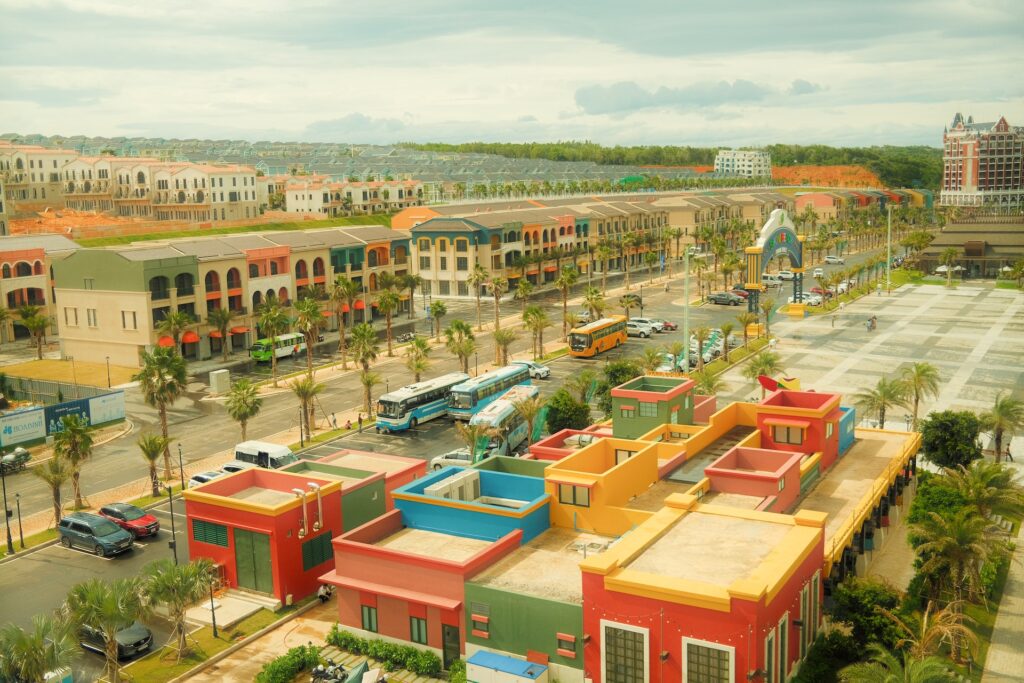ROLE OF ARCHITECTURE IN CREATING LIVABLE CITIES
Cities are the centers of modern civilization, and architecture plays a critical role in creating livable and sustainable urban environments. As cities continue to grow and become more complex, architects must consider the ways in which their designs can positively impact the lives of residents. Here are some key points about the role of architecture in creating livable cities:
- Building design and urban planning: The physical design of buildings and the layout of urban areas are crucial to creating a livable city. Good urban planning considers issues such as transportation, public spaces, and green areas, while building design can impact the environment and quality of life for residents.
- Creating sustainable buildings: Buildings are a significant source of greenhouse gas emissions, and sustainable building design can help reduce these emissions while also creating healthier living environments. Green roofs, solar panels, and energy-efficient systems are just a few examples of sustainable building features that architects can incorporate into their designs.
- Promoting social interaction: Public spaces such as parks, plazas, and streetscapes play a critical role in fostering social interaction and creating a sense of community. Architecture can play a role in designing these spaces to be inviting and accessible, encouraging people to come together and interact with one another.
- Encouraging physical activity: Walkable communities and accessible public spaces can encourage physical activity, leading to better health outcomes for residents. Architecture can promote physical activity by designing buildings and urban spaces that encourage walking, biking, and other forms of active transportation.
- Addressing cultural diversity: Cities are diverse places, and architecture can play a role in creating spaces that reflect and celebrate the cultural diversity of a community. This can be achieved through the use of materials, colors, and design elements that reflect the cultural heritage of a community.
- Creating affordable housing: The cost of housing is a major concern in many cities, and architecture can play a role in creating affordable housing that meets the needs of residents. Architects can design buildings that are energy-efficient and cost-effective, reducing the overall cost of living for residents.
In conclusion, architecture plays a crucial role in creating livable cities. From sustainable building design to promoting social interaction and physical activity, architects have the power to shape the urban environment in ways that positively impact the lives of residents. As cities continue to grow and change, it is essential that architects consider the ways in which their designs can create more sustainable, equitable, and livable urban environments.


